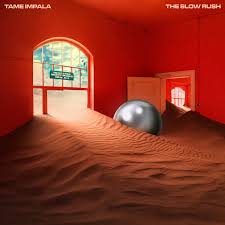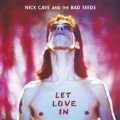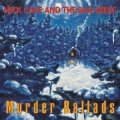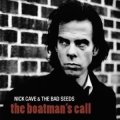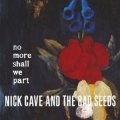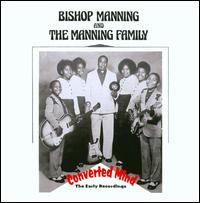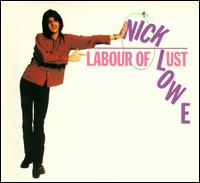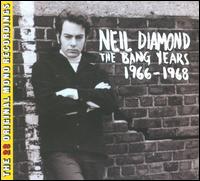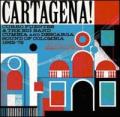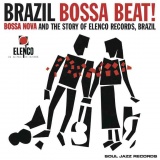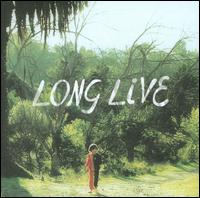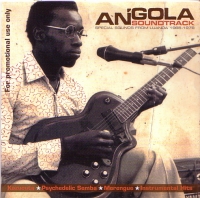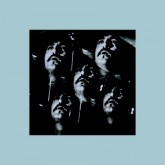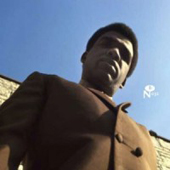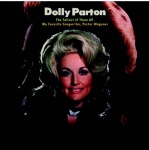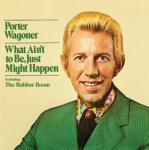THE LEFT BANKE - Walk Away Renée/Pretty Ballerina / The Left Banke Too
 Tuesday, June 28, 2011 at 05:50PM
Tuesday, June 28, 2011 at 05:50PM 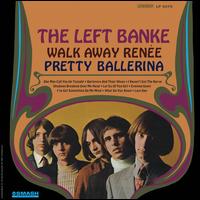
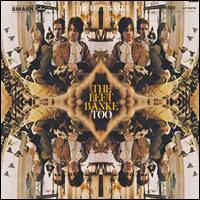 Pop began going for broke, or, should I say, baroque (pun definitely intended), in 1965, when The Beatles and Rolling Stones began incorporating classical music influences into songs like "In My Life" and "As Tears Go By". Violins, harpsichords and brass were now added to the standard guitars/bass/organ/drums-oriented arrangements that had generally been favoured by groups up to that time. By the following year, the chamber-pop floodgates opened with a delightful deluge of ornately orchestrated pop/rock such as Bob Lind's lovely baroque/folk Top 40 smash "Elusive Butterfly", and The Beach Boys' immortal masterpiece, Pet Sounds.
Pop began going for broke, or, should I say, baroque (pun definitely intended), in 1965, when The Beatles and Rolling Stones began incorporating classical music influences into songs like "In My Life" and "As Tears Go By". Violins, harpsichords and brass were now added to the standard guitars/bass/organ/drums-oriented arrangements that had generally been favoured by groups up to that time. By the following year, the chamber-pop floodgates opened with a delightful deluge of ornately orchestrated pop/rock such as Bob Lind's lovely baroque/folk Top 40 smash "Elusive Butterfly", and The Beach Boys' immortal masterpiece, Pet Sounds.
A young band from New York City, The Left Banke also threw their hats into the baroque-pop ring and scored with not one, but two big Beatles/Zombies-flavoured hits, "Walk Away Renée" and "Pretty Ballerina". Their wonderful debut album from '67, titled after those tunes, as well as their almost equally sublime 1968 follow-up The Left Banke Too, have been unavailable for almost twenty years. Now, thanks to the fine folks at Sundazed, these LPs have been reissued in both CD and vinyl formats, and what a treat it is to delve into them!
Walk Away Renée/Pretty Ballerina is the more consistently satisfying album thanks to the uniformly high quality of its eleven cuts, ranging from the haunting ballads "Shadows Breaking Over My Head" and "Barterers And Their Wives", to such irresistibly uptempo tracks as "She May Call You Up Tonight" and "I Haven't Got The Nerve". Lead singer Steve Martin (no, not that Steve Martin) and teenaged keyboardist Michael Brown were mainly responsible for penning these yearningly romantic songs, stunningly conveyed by Martin's near-falsetto singing and the group's superb harmonizing. And while most of Walk Away Renée/Pretty Ballerina is made up of classically-influenced material, the fuzzed-out guitar on "Lazy Day" and the countrified twang of "What Do You Know" add some variety to the mix.
By late '68, when the group's second and final album was released, The Left Banke had seen the unfortunate departure of Michael Brown. Nevertheless, the group carried on without him, and, with future Aerosmith frontman Steven Tyler (!) contributing backing vocals on a few songs, came up with a strongly melodic follow-up to their debut. Although I can't say it quite reaches the heights of Walk Away Renée/Pretty Ballerina, The Left Banke Too contains one of the band's most essential numbers, "Desirée", my choice for one of the most gorgeous pop compositions ever put to disc. Other excellent cuts include the McCartney-like "There's Gonna Be A Storm" and "Bryant Hotel", and the dreamy "My Friend Today", which closes off the album beautifully with its orchestral sense of drama.
Despite its strengths, The Left Banke Too flopped commercially, and the group broke up shortly afterward. Over the years, though, their two albums began to attract many new fans who discovered and fell in love with The Left Banke's astonishingly high levels of singing, songwriting and musicianship. You can count Matthew Sweet and Belle And Sebastian's Stuart Murdoch among them, and you couldn't go wrong at all by lending your ears to the magical charms of both of these Left Banke records, finally hearing what all their baroque-pop fuss was—and is—all about.

